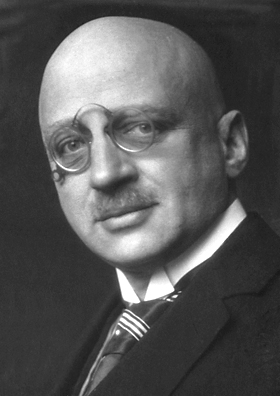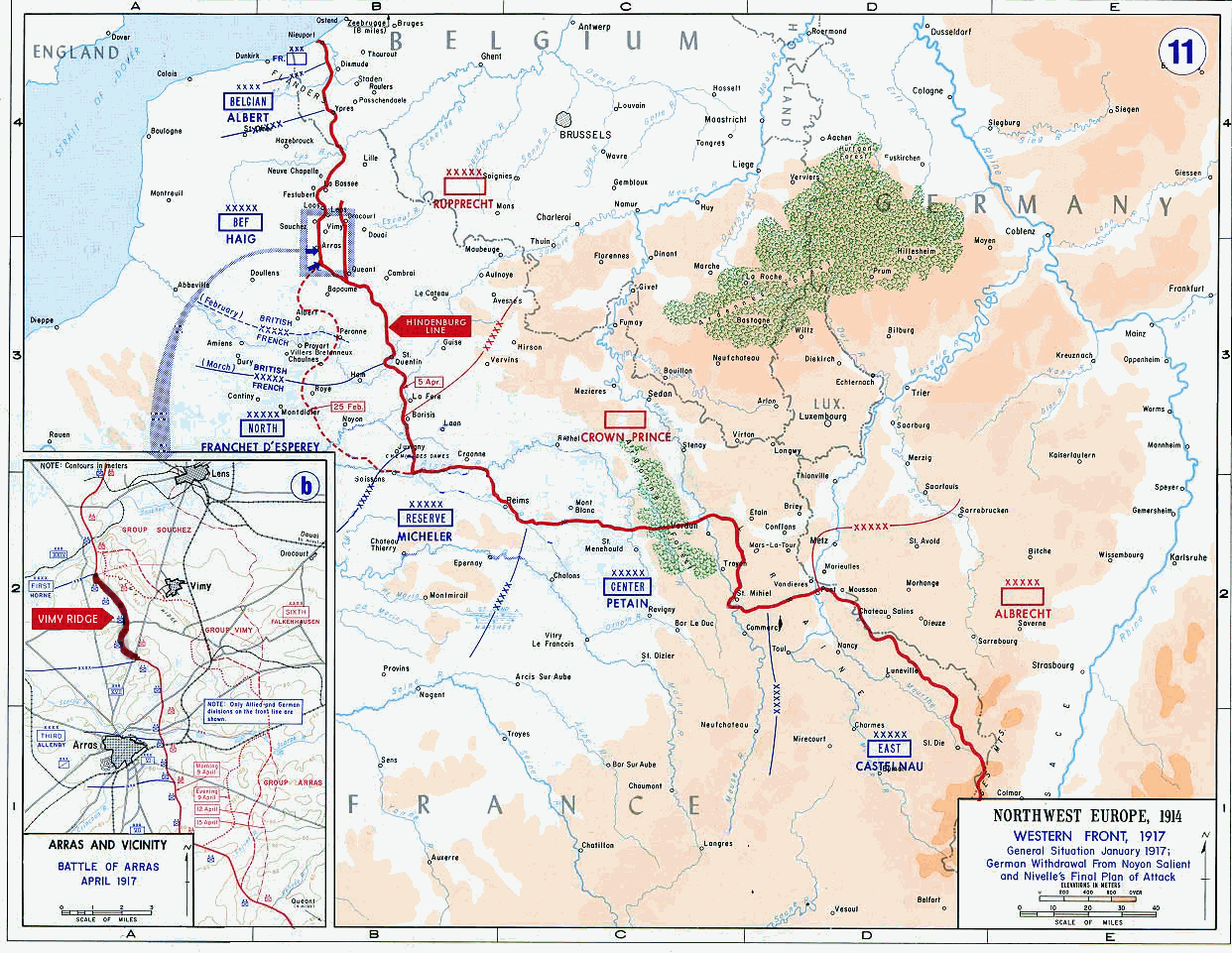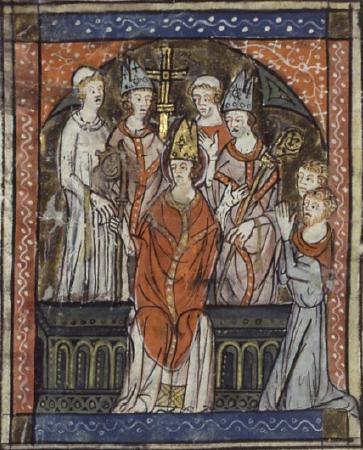|
The Toronto Regiment
The Toronto Regiment was an infantry regiment of the Non-Permanent Active Militia of the Canadian Militia (now the Canadian Army). The regiment was formed in 1920 when the war-raised 3rd Battalion (Toronto Regiment) of the Canadian Expeditionary Force was incorporated after the First World War into the post-war Canadian Militia. In 1936, the regiment was amalgamated with The Royal Grenadiers to form ''The Royal Regiment of Toronto Grenadiers'' (now The Royal Regiment of Canada). Lineage * Originated on 1 May 1920, in Toronto, Ontario, as ''The Toronto Regiment''. * Amalgamated on 15 December 1936 with The Royal Grenadiers and redesignated as ''The Royal Regiment of Toronto Grenadiers'' (now The Royal Regiment of Canada). Perpetuations * 3rd Battalion (Toronto Regiment), CEF * 124th Battalion (Governor General's Body Guard), CEF * 170th Battalion (Mississauga Horse), CEF * 204th Battalion (Beavers), CEF The 204th (Toronto Beavers) Battalion, CEF was a unit in the Canadian Ex ... [...More Info...] [...Related Items...] OR: [Wikipedia] [Google] [Baidu] |
Canadian Militia
The Canadian Militia is a historical title for military units raised for the defence of Canada. The term has been used to describe sedentary militia units raised from local communities in Canada; as well as the regular army for the Province of Canada and post-Canadian Confederation, confederated Canada, referred to as the active militias. The earliest militia units in Canada dates back to 16th century in New France. In the French colony, a compulsory militia of settlers from every parish was raised in order to support the military of New France in the defence and expansion of the colony. Sedentary militia units were also raised by the British, to defend its colonies and to support British military operations on the continent. The sedentary militia eventually fell into disuse in the late-19th century, although vestiges of the sedentary militia system continued into the early-20th century. The Canadian Militia also referred to the regular army established by the Province of Canada ... [...More Info...] [...Related Items...] OR: [Wikipedia] [Google] [Baidu] |
Gravenstafel Ridge (Ypres)
The Second Battle of Ypres was fought from 22 April – 25 May 1915, during the First World War, for control of the tactically-important high ground to the east and the south of the Flemish town of Ypres, in western Belgium. The First Battle of Ypres had been fought the previous autumn. The Second Battle of Ypres was the first mass use by Germany of poison gas on the Western Front. Background The German chemist Walther Nernst, who in 1914 was a volunteer driver, proposed to Colonel Max Bauer, the German general staff officer responsible for liaison with scientists, that they could empty the opposing trenches by a surprise attack with tear gas. Observing a field test of this idea, the chemist Fritz Haber instead proposed using heavier-than-air chlorine gas. The German commander Erich von Falkenhayn agreed to try the new weapon but intended to use it in a diversionary attack by the 4th Army. Falkenhayn wanted to use the gas to cover the transfer of Imperial German Army ... [...More Info...] [...Related Items...] OR: [Wikipedia] [Google] [Baidu] |
Battle Of The Scarpe (1918)
The Battle of the Scarpe was a World War I battle that took place during the Hundred Days Offensive between 26 and 30 August 1918. 26 August The Canadian Corps advanced over 5 kilometres and captured the towns of Monchy-le-Preux and Wancourt. Lieutenant Charles Smith Rutherford VC MC MM from the 5th Canadian Mounted Rifles of the 3rd Canadian Infantry Division performed actions that earned him the Victoria Cross The Victoria Cross (VC) is the highest and most prestigious decoration of the Orders, decorations, and medals of the United Kingdom, British decorations system. It is awarded for valour "in the presence of the enemy" to members of the British .... He captured a German party of 45, including two officers and three machine-guns, then captured another pillbox along with another 35 prisoners and their guns. 27 August Heavy rains during the night resulted in slippery ground, difficulties in assembling troops and late starts for the assaults. Stiff resistance from ... [...More Info...] [...Related Items...] OR: [Wikipedia] [Google] [Baidu] |
Arleux (battle Honour)
The Battle of Arras, also known as the Second Battle of Arras, was a British offensive on the Western Front during the First World War. From 9 April to 16 May 1917, British troops attacked German defences near the French city of Arras on the Western Front. The British achieved the longest advance since trench warfare had begun, surpassing the record set by the French Sixth Army on 1 July 1916. The British advance slowed in the next few days and the German defence recovered. The battle became a costly stalemate for both sides and by the end of the battle, the British Third Army and the First Army had suffered about 160,000 casualties and the German 6th Army about 125,000. For much of the war, the opposing armies on the Western Front were at a stalemate, with a continuous line of trenches from the Belgian coast to the Swiss border. The Allied objective from early 1915 was to break through the German defences into the open ground beyond and engage the numerically inferior Ger ... [...More Info...] [...Related Items...] OR: [Wikipedia] [Google] [Baidu] |
Vimy, 1917
The Battle of Vimy Ridge was part of the Battle of Arras, in the Pas-de-Calais department of France, during the First World War. The main combatants were the four divisions of the Canadian Corps in the First Army, against three divisions of the German 6th Army. The battle occurred from 9 to 12 April 1917, marking the commencement of the Battle of Arras and serving as the inaugural assault of the Nivelle Offensive. The objective was to draw German reserves away from the French forces, preparing for a crucial offensive along the Aisne and the Chemin des Dames ridge several days later. The Canadian Corps was to capture the German-held high ground of Vimy Ridge, an escarpment on the northern flank of the Arras front. This would protect the First Army and the Third Army farther south from German enfilade fire. Supported by a creeping barrage, the Canadian Corps captured most of the ridge during the first day. The village of Thélus fell during the second day, as did the crest ... [...More Info...] [...Related Items...] OR: [Wikipedia] [Google] [Baidu] |
Arras 1918 (Battle Honour)
Arras 1918 was a battle honour awarded to units of the British and Imperial Armies that took part in one or more of the following engagements in World War I World War I or the First World War (28 July 1914 – 11 November 1918), also known as the Great War, was a World war, global conflict between two coalitions: the Allies of World War I, Allies (or Entente) and the Central Powers. Fighting to ...: * First Battle of Arras (28 March 1918) * Second Battle of Arras (26 August – 3 September 1918) References {{Reflist, refs= T.F. MillFrance and Flanders(archive of Regiments.org page) Battle honours of the British Army Battle honours of the King's Royal Rifle Corps ... [...More Info...] [...Related Items...] OR: [Wikipedia] [Google] [Baidu] |
Arras 1917
Arras ( , ; ; historical ) is the prefecture of the Pas-de-Calais department, which forms part of the regions of France, region of Hauts-de-France; before the regions of France#Reform and mergers of regions, reorganization of 2014 it was in Nord-Pas-de-Calais. The historic centre of the Artois region, with a Baroque town square, Arras is in northern France at the confluence of the rivers Scarpe (river), Scarpe and Crinchon. The Arras plain is on a large chalk plateau bordered on the north by the Marqueffles fault, on the southwest by the Artois and Ternois hills, and on the south by the slopes of Beaufort-Blavincourt. On the east it is connected to the Scarpe valley. Saint Vedast (or St. Vaast) was the first Catholic bishop in the year 499 and tried to eliminate paganism among the Franks. By 843, Arras was seat of the County of Artois which became part of the Royal domain in 1191. The first mention of the name ''Arras'' appeared in the 12th century. Some hypothesize it is ... [...More Info...] [...Related Items...] OR: [Wikipedia] [Google] [Baidu] |
Ancre Heights
The Ancre (; ) is a river of Picardy, France. Rising at Miraumont, a hamlet near the town of Albert, it flows into the Somme at Corbie. It is long. For most of its length it flows through the department of Somme. For a short stretch near Puisieux, it forms the border with Pas-de-Calais. See also * Battle of the Ancre Heights (October 1916) * Battle of the Ancre The Battle of the Ancre was fought by the British Fifth Army (Lieutenant-General Hubert Gough), against the German 1st Army (General Fritz von Below). The Reserve Army had been renamed the Fifth Army on 30 October. The battle was the las ... (November 1916) References Rivers of France Rivers of Somme (department) Rivers of the Pas-de-Calais Rivers of Hauts-de-France {{France-river-stub ... [...More Info...] [...Related Items...] OR: [Wikipedia] [Google] [Baidu] |
Battle Of Pozières
The Battle of Pozières (23 July – 3 September 1916) took place in northern France around the village of Pozières, during the Battle of the Somme. The costly fighting ended with the British in possession of the plateau north and east of the village, in a position to menace the German bastion of Thiepval from the rear. The Australian official historian Charles Bean wrote that Pozières ridge "is more densely sown with Australian sacrifice than any other place on earth". Prelude The village of Pozières, on the Albert–Bapaume road, lies atop a ridge approximately in the centre of what was the British sector of the Somme battlefield. Close by the village is the highest point on the battlefield. Pozières was an important German defensive position; the fortified village was an outpost to the second defensive trench system, which had become known to the British as the O.G. (Old German) lines. This German second line extended from beyond Mouquet Farm in the north, ran behi ... [...More Info...] [...Related Items...] OR: [Wikipedia] [Google] [Baidu] |
Somme, 1916
The Battle of the Somme (; ), also known as the Somme offensive, was a battle of the First World War fought by the armies of the British Empire and the French Third Republic against the German Empire. It took place between 1 July and 18 November 1916 on both sides of the upper reaches of the river Somme (river), Somme in France. The battle was intended to hasten a victory for the Allies of World War I, Allies. More than three million men fought in the battle, of whom more than one million were either wounded or killed, making it one of the List of battles by casualties, deadliest battles in human history. The French and British had planned an offensive on the Somme during the Chantilly Conferences, Chantilly Conference in December 1915. The Allies agreed upon a strategy of combined offensives against the Central Powers in 1916 by the French, Russian, British and Italian armies, with the Somme offensive as the Franco-British contribution. The French army was to undertake the m ... [...More Info...] [...Related Items...] OR: [Wikipedia] [Google] [Baidu] |





